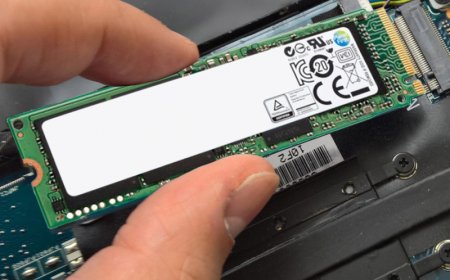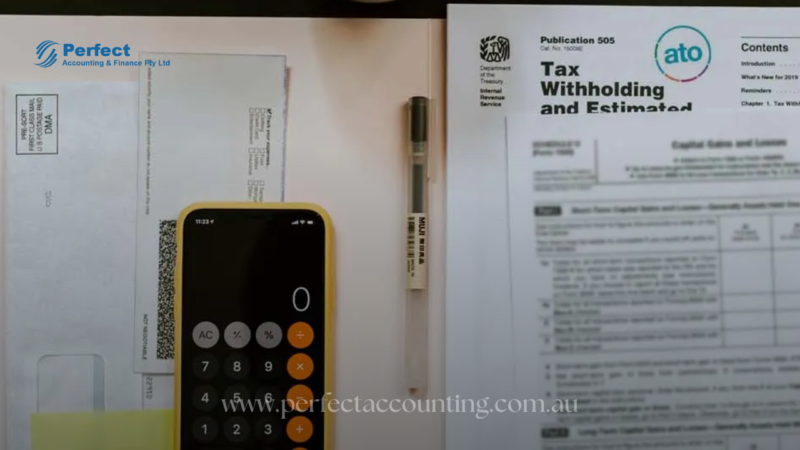Understanding LEI Renewal Cycles: Choosing Between 1-Year, 3-Year, and 5-Year Plans

In the increasingly regulated financial environment, the Legal Entity Identifier (LEI) has emerged as a critical component for businesses engaged in financial transactions worldwide. However, obtaining an LEI is only the beginning. Ensuring that the LEI remains valid and up to date through timely LEI renewal is essential for maintaining compliance and facilitating seamless operations across global markets.
This article explores the importance of LEI renewal, its role in regulatory compliance, and how the choice between 1-year, 3-year, and 5-year renewal plans can affect your organizations operational efficiency, financial standing, and legal reliability.
What is an LEI and Why Is It Important?
An LEI (Legal Entity Identifier) is a 20-character alphanumeric code that uniquely identifies legal entities participating in financial transactions. It is governed by the Global Legal Entity Identifier Foundation (GLEIF) and is intended to promote transparency in the global financial system by providing accurate, up-to-date information about legal entities.
LEIs are mandatory for entities involved in a variety of financial activities, including:
-
Derivatives trading (under EMIR and Dodd-Frank)
-
Securities transactions (under MiFID II/MiFIR)
-
Regulatory reporting obligations (FATCA, CRS, and others)
But the LEI isnt a one-time requirement it must be renewed annually to remain valid. Failure to do so can lead to non-compliance, regulatory penalties, and even transaction rejections.
Why Is LEI Renewal Critical for Compliance?
LEI renewal ensures that the reference data (such as ownership structure and company details) remains current and accurate. Regulators and financial institutions rely on this information to monitor systemic risks and ensure counterparty transparency.
Key reasons LEI renewal matters for compliance:
-
Regulatory Requirements
-
Many jurisdictions require LEIs to be active at the time of reporting. An expired LEI is considered non-compliant, potentially subjecting the entity to fines or reporting rejections.
-
-
Transaction Continuity
-
Financial institutions may refuse to engage in transactions with entities holding lapsed LEIs, leading to delays or denials in executing trades or settling contracts.
-
-
Global Transparency Initiatives
-
Renewing your LEI supports global efforts to enhance transparency, reduce fraud, and facilitate cross-border risk assessment.
-
-
Reputation Management
-
Maintaining a valid LEI signals that your entity is financially disciplined and compliant, strengthening trust with regulators, partners, and investors.
-
Understanding LEI Renewal Options: 1-Year, 3-Year, and 5-Year
GLEIF requires that LEIs be renewed at least once every 12 months. However, many LEI issuing organizations now offer multi-year renewal plans that bundle renewals for longer durations, typically 3 or 5 years.
Each option carries distinct advantages and drawbacks based on the organizations structure, reporting obligations, and budget preferences.
?1-Year LEI Renewal Plan
The 1-year plan is the standard and most common option for small to medium-sized enterprises and newly incorporated legal entities.
Advantages:
-
Lower upfront cost.
-
Flexibility to reassess business needs yearly.
-
Ideal for entities with short operational timelines or project-based structures.
Disadvantages:
-
Requires annual manual action to avoid expiration.
-
Higher risk of unintentional lapses due to administrative oversight.
-
No long-term price locking subject to annual price changes.
Best For:
-
Startups
-
Special Purpose Vehicles (SPVs)
-
Entities with uncertain long-term continuity
?3-Year LEI Renewal Plan
The 3-year plan offers a balance between cost-efficiency and administrative ease. It is often chosen by entities with medium- to long-term commitments in financial markets.
Advantages:
-
Reduced administrative burden one renewal action covers three years.
-
Often priced at a discount compared to renewing annually for three years.
-
Ensures uninterrupted compliance over a longer term.
Disadvantages:
-
Higher upfront fee.
-
Potential risk if entity structure changes within the 3-year period (e.g., mergers or closures).
Best For:
-
Mid-sized firms with ongoing trading or reporting needs
-
Entities involved in regular cross-border transactions
-
Organizations looking to reduce compliance workload
?5-Year LEI Renewal Plan
This long-term plan is ideal for entities with stable business models and long-term regulatory exposure, such as banks, financial institutions, and large multinational corporates.
Advantages:
-
Maximum convenience only one renewal in five years.
-
Significant cost savings through bundled pricing.
-
Zero risk of LEI expiration during the period.
-
Enables multi-year planning and continuity in compliance systems.
Disadvantages:
-
Requires the highest upfront investment.
-
May not be suitable for entities expecting structural changes or wind-downs.
Best For:
-
Large financial institutions
-
Corporate groups
-
Firms that process high-volume or high-value transactions
What Happens If an LEI Is Not Renewed?
Failure to renew an LEI leads to its status being changed from Active to Lapsed in the GLEIF database. This status is visible to all stakeholders, including:
-
Regulators
-
Financial counterparties
-
Vendors and service providers
Consequences include:
-
Ineligibility to trade on regulated markets.
-
Rejection of financial reports that require an active LEI.
-
Difficulty onboarding with new financial service providers.
-
Potential reputational harm and compliance audit flags.
How to Renew Your LEI Effectively
Renewal involves verifying and updating the legal entitys information with an LEI Issuing Organization (LOU). This process includes confirming:
-
Entity legal name and status
-
Headquarters and business addresses
-
Parent company information, if applicable
Tips for a seamless renewal:
-
Set automatic renewal reminders or opt for auto-renew services.
-
Verify data accuracy before submission to avoid processing delays.
-
Choose multi-year renewal for cost-efficiency and continuity.
-
Use accredited LOUs with good service records and GLEIF recognition.
LEI Renewal: Strategic Benefits Beyond Compliance
While LEI renewal is a regulatory necessity, it also presents an opportunity for strategic gains:
-
Enhanced Data Governance: Renewals encourage periodic review of legal and ownership structures.
-
Improved Risk Assessment: Valid LEI data contributes to accurate counterparty and market risk analysis.
-
Digital Identity Foundation: LEIs play a role in evolving digital KYC and cross-border identification frameworks.
-
Reputation Enhancement: A consistently active LEI projects financial diligence and institutional maturity.
Conclusion
In todays interconnected financial ecosystem, LEI renewal is more than just a regulatory checkbox it is a foundation for legal compliance, financial transparency, and market integrity. Whether your organization opts for a 1-year, 3-year, or 5-year renewal plan, the key lies in ensuring continuity and accuracy in LEI data.
Choosing the right LEI renewal cycle depends on your entitys structure, financial activity, and administrative capacity. By investing in long-term renewal strategies, businesses can safeguard against compliance disruptions, reduce administrative overhead, and build a robust foundation for growth and trust in the financial marketplace.































